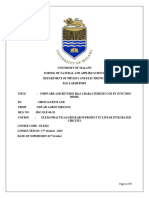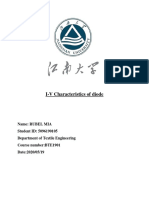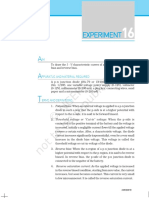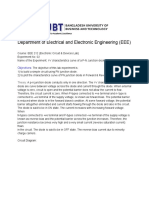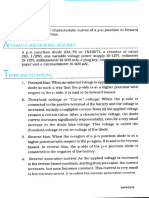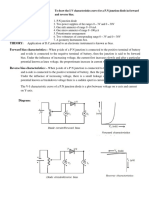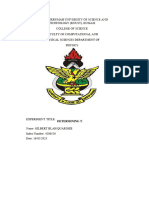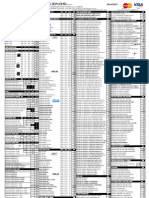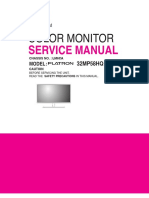0% found this document useful (0 votes)
99 views3 pagesDiode Characteristics Lab Report
The experiment aimed to study the V-I characteristics of a silicon P-N junction diode under forward and reverse bias conditions. It involved measuring the cut-in voltage, static and dynamic resistance, and plotting the corresponding V-I curves. Results confirmed that the diode conducts significantly beyond 0.7V in forward bias and exhibits minimal leakage current in reverse bias.
Uploaded by
muhammadjoy200Copyright
© © All Rights Reserved
We take content rights seriously. If you suspect this is your content, claim it here.
Available Formats
Download as DOCX, PDF, TXT or read online on Scribd
0% found this document useful (0 votes)
99 views3 pagesDiode Characteristics Lab Report
The experiment aimed to study the V-I characteristics of a silicon P-N junction diode under forward and reverse bias conditions. It involved measuring the cut-in voltage, static and dynamic resistance, and plotting the corresponding V-I curves. Results confirmed that the diode conducts significantly beyond 0.7V in forward bias and exhibits minimal leakage current in reverse bias.
Uploaded by
muhammadjoy200Copyright
© © All Rights Reserved
We take content rights seriously. If you suspect this is your content, claim it here.
Available Formats
Download as DOCX, PDF, TXT or read online on Scribd
/ 3



